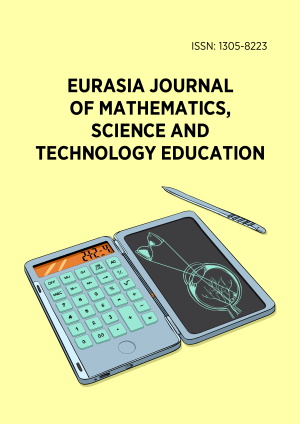Abstract
To address the persistent misalignment between competencies cultivated in traditional vocational education and the dynamic requirements of industry, this study–anchored in the STEM education framework–proposes an integrated model for embedding industry-recognized certification within undergraduate programs in financial technology. Using the +X intermediate certification in financial big data processing as a focal point, the research introduces the “STEM-certification double helix” model, operationalized through a closed-loop system comprising competency decomposition, dynamic mapping, and evidence-based traceability. The model enables the effective alignment between industry certification standards and curriculum objectives. Empirical evidence indicates that its implementation significantly enhances the pass rate of 1+X certifications and students’ data processing competencies, thereby elevating the overall quality of education and improving graduates’ employability. Based on these results, the author puts forward strategic recommendations, including institutional-level promotion, strengthened school-enterprise collaboration, and the establishment of supportive policy frameworks. These measures offer both theoretical and practical pathways for advancing technology-enabled transformation in vocational undergraduate education.
License
This is an open access article distributed under the Creative Commons Attribution License which permits unrestricted use, distribution, and reproduction in any medium, provided the original work is properly cited.
Article Type: Research Article
EURASIA J Math Sci Tech Ed, Volume 21, Issue 9, September 2025, Article No: em2692
https://doi.org/10.29333/ejmste/16770
Publication date: 01 Sep 2025
Online publication date: 17 Aug 2025
Article Views: 2493
Article Downloads: 762
Open Access References How to cite this article
 Full Text (PDF)
Full Text (PDF)